ABOUT THE AUTHOR G D Bakshi
Brigadier G D Bakshi, VSM is a graduate of the National Defence Academy. He did his early schooling from St. Aloysius School Jabalpur. He holds a Masters degree in Defence Science and an M.Phil in Defence and Strategic Studies from the University of Madras. He taught for three years each at the Indian Military Academy Dehradun, and the prestigious Defence Services Staff College at Wellington. He is an Associate Member of the Institute of Defence Studies and Analysis and is a prolific writer on matters military. He has authored six books and written several papers for prestigious defence journals which include the Strategic Analysis and Indian Defence Review. He has done two tenures at the prestigious Directorate General of Military Operations at New Delhi. He commanded his unit in Kargil and was awarded the Vishist Seva Medal in 1991. Currently, he is commanding a Rashtriya Rifles Sector in J&K. In this book he brings to bear his thirty years of military study and experience to an analysis of the military content of the Mahabharata Epic. The central theme of this book is the assertion that there is an historic Indian Strategic Culture and today we need to rediscover these historical roots of our military inheritance.
ABOUT THE AUTHOR S.K. Sinha
Lt. Gen (Retd.) S.K. Sinha, PVSM, was born in 1926 and graduated from Patna University i 1943. He joined the Army soon thereafter and was commissioned in the JAT Regiment. He saw combat during the Second World War in Burma (Myanmar) and Indonesia. After Independence, he was transferred to 5 Gorkha Rifles (FF). He was associated with the Kashmir War from day one, 27th October 1947, and was intimately connected with it throughout the first Indo-Pak War of 1947-48. He was the Secretary of the Indian delegation to the United Nations Commission for India and Pakistan (UNCIP) in 1949 to delineate the Cease-Fire Line in Kashmir. During his long distinguished career in the Army, General Sinha held all levels of command from a Platoon to a Field Army. He served as Instructor both at the War College in Mhow and at Staff College in Wellington. He held key staff appointments in field formations besides serving in every rank from Capt. to Lt. Gen at Army Headquarters. In 1973, he was decorated with the highest military award for distinguished services, Param Vishisht Seva Medal (PVSM). His last appointment in the Army was Vice Chief of the Army Staff, when he quit the Service in 1983. Appointed as India's Ambassador to Nepal when Indo-Nepal relations had hit their nadir, General Sinha Played a key role in raising Indo-Nepal relations to a high level of cordiality and also in the restoration of democracy in that country. The Prime Minister of Nepal Wrote, "General Sinha was as much India's Ambassador to Nepal as Nepal's Ambassador to India". In 1997, he was appointed Governor of Assam when insurgency was at its peak in that State. He succeeded in isolating the militants and bringing the people of Assam. The people and the Press referred to him as "Our Man in Raj Bhawan", 'a true son of the soil of Assam, totally Assamese in his outlook". He took over as Governor of Jammu and Kashmir in 2003 where he still continues to serve. During the last three years, there has been a marked improvement in the security scenario in that State.

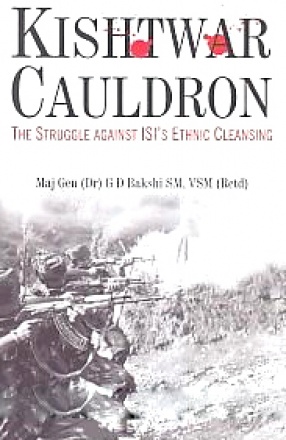
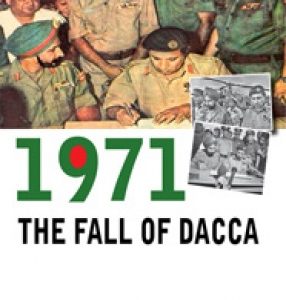

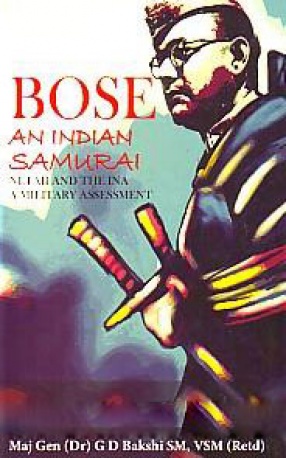


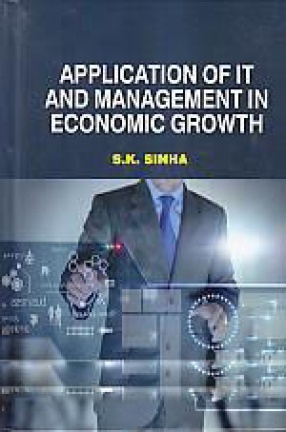
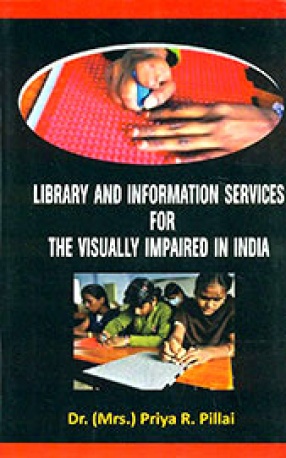

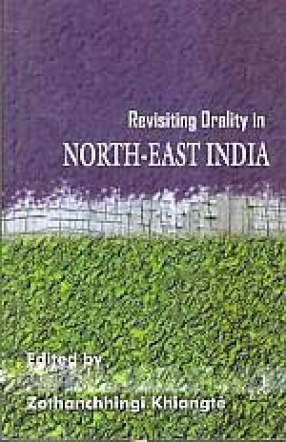
There are no reviews yet.